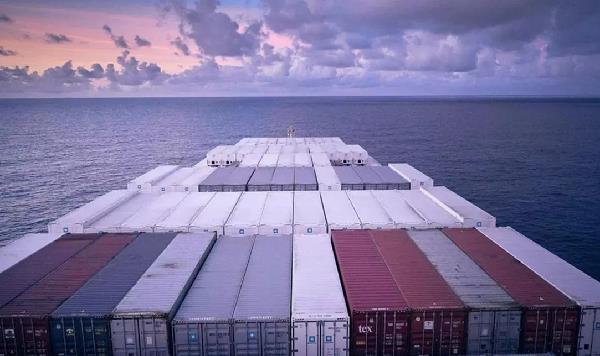Container shipping: Carbon emissions have risen as a result of the crisis in the Red Sea
All countries
Monday 06 May 2024
FJ
According to Xenata, compared to the 4th quarter of 2023, for containers shipped by sea from the Far East to the Mediterranean, carbon emissions increased by 63% in the 1st quarter of 2024. For containers shipped by sea from the Far East to Northern Europe, carbon emissions rose by 23% in the 1st quarter of 2024 (Photo :itln.in).
Attacks on ships in the Red Sea region have forced shipping lines to change routes, resulting in longer transport times
Xeneta, a platform for comparative analysis of sea and air freight rates and market analysis, believes that the crisis in the Red Sea has led to a massive increase in carbon emissions in maritime container transport. Xenata, in collaboration with Marine Benchmark, is establishing the CEI (Carbon Emissions Index), which measures carbon emissions per tonne of cargo transported across the world's 13 major trade routes. In Q1 2024, the CEI reached 107.4 points, the highest level since the index began in 2018.
According to Xenata, compared to Q4 2023, for containers shipped by sea from the Far East to the Mediterranean, carbon emissions increased by 63% in Q1 2024. For containers shipped by sea from the Far East to Northern Europe, carbon emissions increased by 23% in Q1 2024.
In the fourth quarter of 2023, before the Red Sea crisis, containers shipped to the Mediterranean from the Far East travelled an average of 9,400 nautical miles, but because of the rounding of Africa via the Cape of Good Hope, they have to travel a further 5,800 nautical miles. The distance is longer and the speed of the ships is higher, which means more carbon is burnt," says Emily Stausbøll, market analyst at Xeneta.
source : xeneta.com





